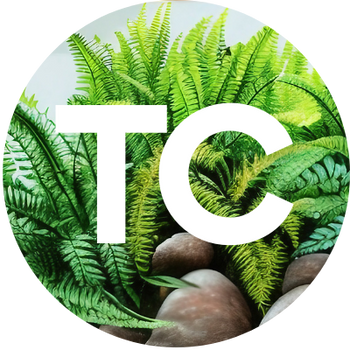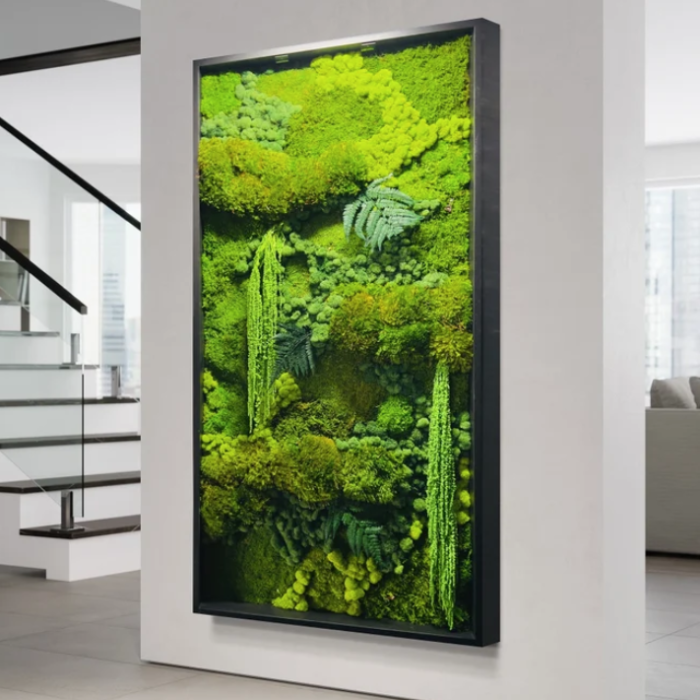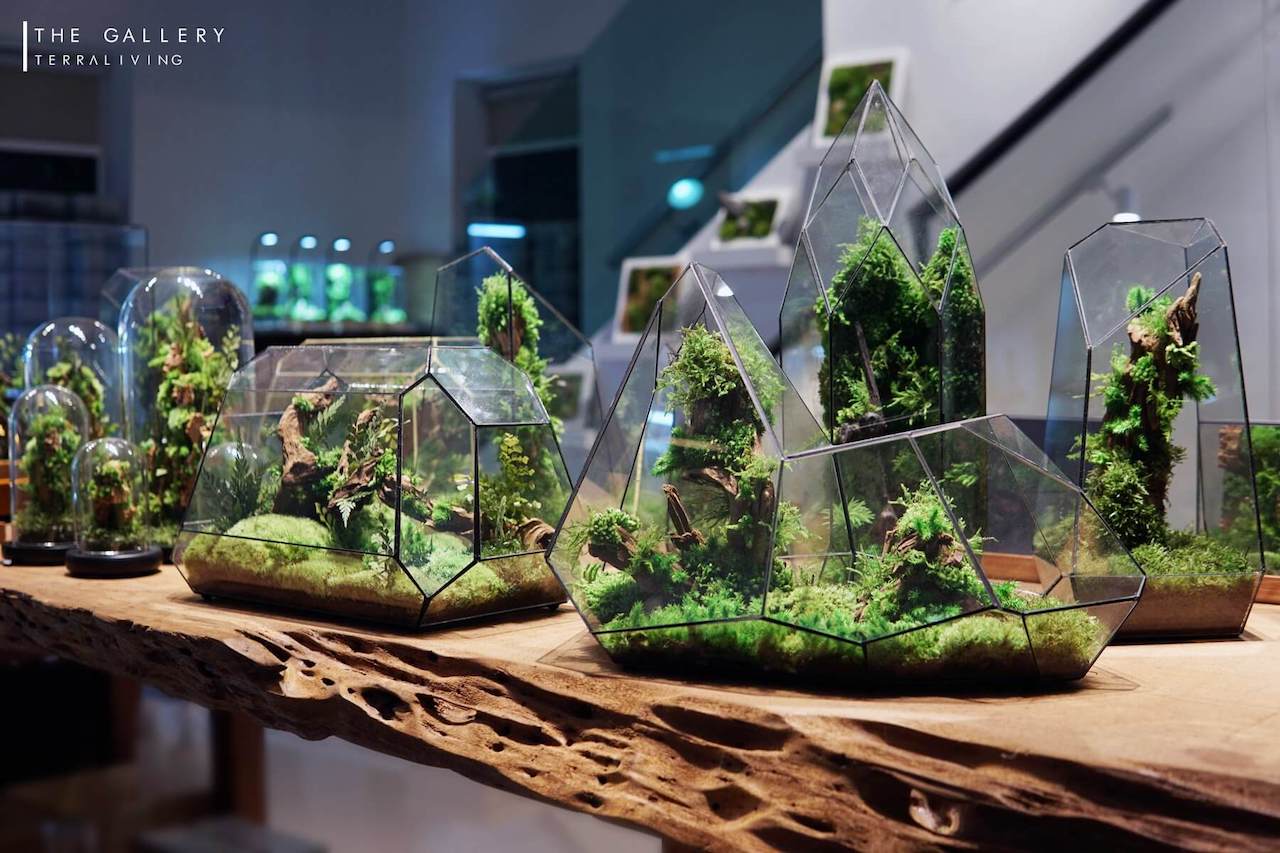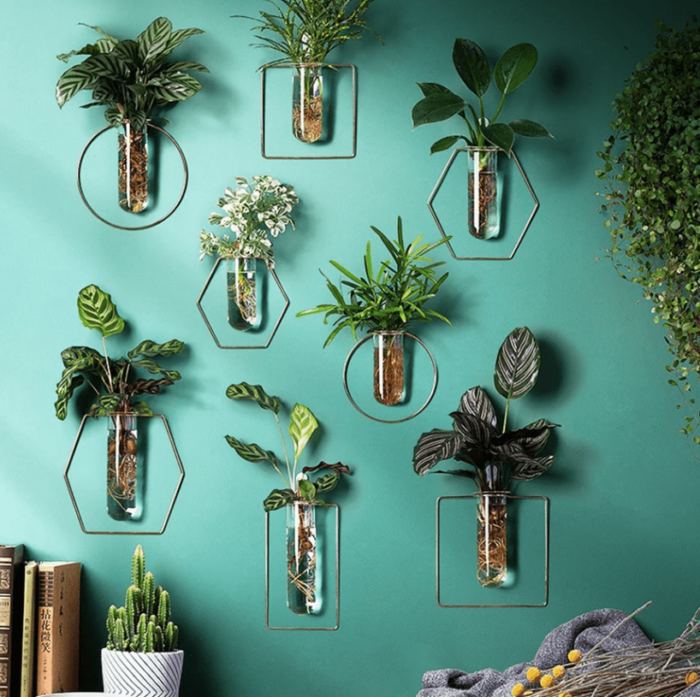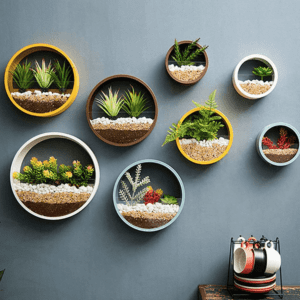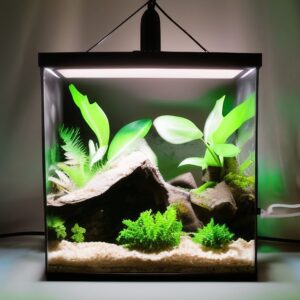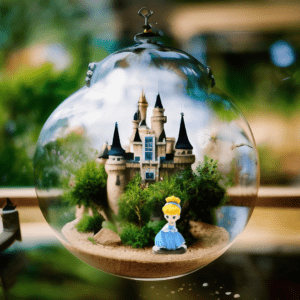Hypnum cupressiforme Moss in Terrariums
Looking for a care guide for Hypnum cupressiforme moss in terrariums? Look no further! This guide will tell you everything you need to know about keeping your Hypnum cupressiforme moss healthy and thriving.
Moss Name: Hypnum cupressiforme Moss
Common Names: Cypress-leaved plait-moss, Tree moss
Moss Type: Carpeting Moss (Pluerocarpous)
Hypnum cupressiforme is a low-growing plant that is often used in terrariums and fairy gardens.
Unlike many other types of moss, tree moss has a branched growth habit that resembles miniature trees or shrubs. This makes it a perfect addition to any miniature landscape. Tree moss is also relatively easy to care for, and it can tolerate a wide range of growing conditions. When creating a terrarium or fairy garden, be sure to include some tree moss to add interest and variety to your design.
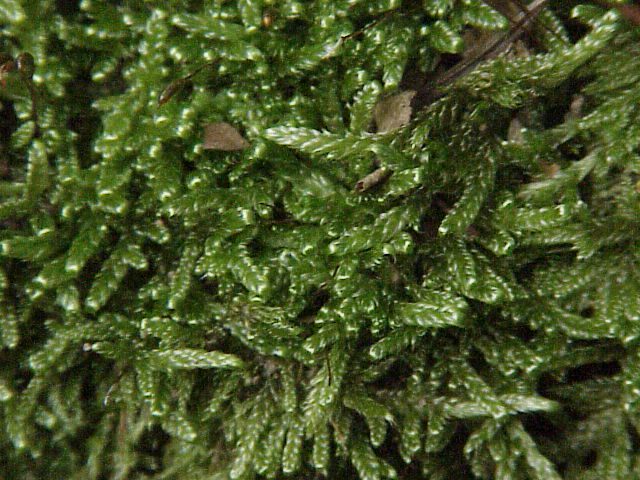
Growing Hypnum cupressiforme Moss in Terrariums
Although it is relatively easy to care for, there are a few things to keep in mind to ensure that your tree moss stays healthy and thrives. First, tree moss prefers shady, humid conditions and so should be placed in an area of your terrarium that receives indirect light. Second, tree moss needs to be kept moist but not wet; water it when the top layer of soil begins to dry out. Third, tree moss benefits from periodic misting with distilled water to help increase humidity levels. fourth, fertilize your tree moss every other month with a diluted liquid fertilizer to ensure that it gets the nutrients it needs to grow. By following these simple care instructions, you can enjoy the beauty of Hypnum cupressiforme in your terrarium for years to come.
Ideal Conditions for Hypnum cupressiforme Moss in Terrariums
Lighting: Hypnum cupressiforme moss is a low-growing plant that thrive in shady areas. They are commonly found in forests, where they carpet the ground beneath the tree canopy. These mosses do not require much light to grow, and they can even tolerate some periods of darkness. In fact, they are often found growing in areas where the tree canopy is so dense that very little sunlight reaches the forest floor. While they can survive in low-light conditions, Hypnum cupressiforme mosses will generally grow best in areas where they receive at least some direct sunlight each day.
Growing Medium: Hypnum cupressiforme moss is a plant that requires a moist, shady growing medium. The plant prefers soil that is high in organic matter and that has a pH level between 5.5 and 6.5. The best way to provide the correct growing medium for this plant is to mix equal parts of sphagnum peat moss and perlite. This mixture will retain moisture and provide good drainage for the roots of the plant. Additionally, it is important to keep the moss perpetually moist by watering it regularly. If the moss begins to dry out, it will become brittle and may break apart. Therefore, it is important to monitor the moisture levels in the growing medium and water the plant accordingly. By providing the correct growing medium and ensuring adequate moisture, you can successfully grow Hypnum cupressiforme moss.
Temperature: It thrives in shady, moist conditions and can tolerate a wide range of temperatures, from -40 degrees Fahrenheit to 140 degrees Fahrenheit.
Watering: In addition to its tolerance for extreme temperatures, Hypnum cupressiforme is also resistant to drought and salt spray. One of the key things to remember when caring for moss is that it has very specific watering requirements. Generally, the plant prefers to be kept moist at all times, but not soggy. To achieve this, mist your moss once or twice a week, depending on the weather and humidity levels.
Humidity: Moss enjoys a high humidity environment. Keep your terrarium regularly misted and keep an eye on condensation levels to avoid extreme humidity and low humidity.
General Care Tips for Moss in Terrariums
Just like any other plant, moss needs the right environment to thrive. When growing moss in a terrarium, it’s important to create a humid environment with plenty of indirect sunlight. The easiest way to do this is to choose a terrarium with a glass or clear plastic lid that can be sealed. Then, add a layer of gravel or small stones to the bottom of the terrarium for drainage. Next, add a layer of moistened sphagnum moss, followed by a layer of potting soil mixed with organic matter. Finally, add your chosen plants and mosses. Be sure to keep the terrarium moist, but not soggy, by misting it regularly. With a little care, your terrarium will become a lush, green oasis.
Our top tips for terrarium moss care are:
1. Make sure the terrarium has adequate ventilation. Moss needs fresh air to grow, so be sure to provide an opening for air to circulate.
2. Moisten the moss with a spray bottle before placing it in the terrarium. This will help the moss to establis h itself more quickly.
3. Keep an eye on the moisture levels in the terrarium. Too much or too little water can cause the moss to die.
Where to Buy Hypnum cupressiforme Moss for Terrariums
Living moss can make a beautiful, low-maintenance addition to your home. Whether you want to create a miniature garden or simply add some greenery to your decor, terrarium moss is a perfect choice. But where can you buy terrarium moss? One of the best places to look is your local garden center. Many garden centers carry a variety of live mosses that are perfect for terrariums. If you’re having trouble finding terrarium moss, try searching online. There are many reputable retailers that sell live mosses, and many of them offer doorstep delivery. With a little bit of research, you’re sure to find the perfect place to buy terrarium moss for your needs.
Etsy is a great place to search for live moss if you have something specific in mind, or want to check out what other live moss is available. Use the links below to start your search:
Search Hypnum cupressiforme on Etsy >
Amazon is another great place to start your search for live mosses. Check out these links below.
Search Hypnum cupressiforme on Amazon >
Search Live Mosses on Amazon >
Looking for more terrarium plant ideas?
Check out our Terrarium Plant Library, or visit our home page for terrarium information, designs, ideas, and more.
